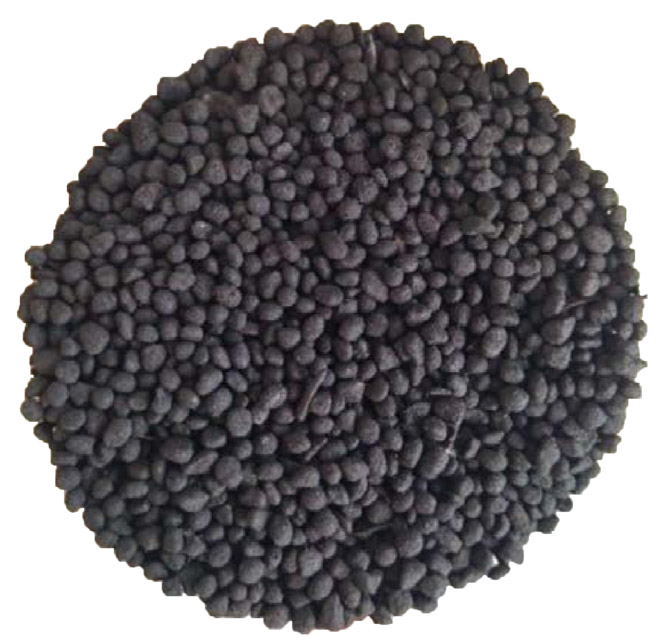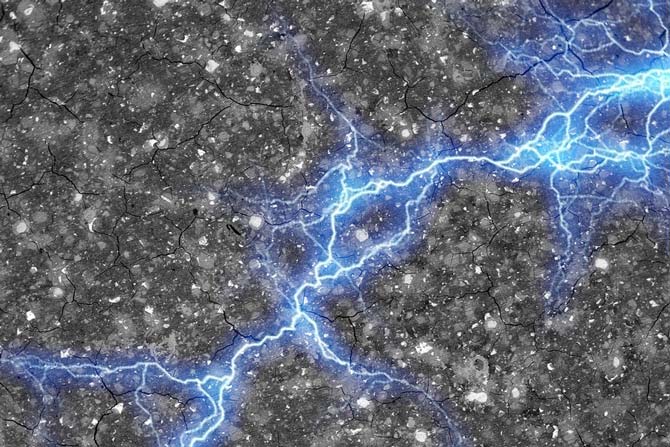In the pursuit of sustainable energy solutions, a groundbreaking innovation has been discovered that could transform the way we think about concrete building materials and energy storage.
Imagine a house where the masonry walls, floors and even the foundation are not just structural elements but also act as giant batteries. This concept is becoming a reality through the innovative use of carbon black in cement.
Carbon black is a fine black powder made of elemental carbon. It is produced by the incomplete combustion of heavy petroleum products and has been traditionally used as a reinforcing agent in rubber products, such as tires, and as a pigment in inks and coatings. Its unique properties, including high electrical conductivity, make it an ideal candidate for energy storage applications.
The idea of integrating carbon black into cement aims to transform building materials into energy storage devices. By mixing three basic low-cost materials — water, cement and carbon black — researchers have developed a composite material that can store and discharge electrical energy, essentially turning the house into a giant battery. This cement-based battery could be integrated into various parts of a masonry building.


The cement-carbon black composite functions similarly to a traditional battery. The carbon black particles create a conductive network within the cement, allowing it to store and release electrical energy. When integrated into a building’s structure, this composite material can be connected to an electrical circuit, enabling it to store renewable energy generated from sources like solar panels and wind turbines. This stored energy can then be used to power the building, reducing its reliance on external energy sources.
One of the primary benefits of using cement as a battery is the potential for increased energy efficiency. By incorporating energy storage directly into the building materials, energy can be stored and utilized more effectively, reducing the need for separate energy systems and enhancing overall energy management.
This design can also lead to significant cost savings. Traditional battery systems require separate installation and maintenance, whereas the cement-based battery is built directly into the building, reducing installation and operational costs. Additionally, the use of cement, a widely available and affordable material, makes this technology more accessible.
The use of carbon black in cement promotes the industry’s goal of sustainability. By enabling buildings to store and utilize renewable energy, this concept supports the transition to a low-carbon future. Cement is known for its durability and longevity, and the addition of carbon black does not compromise these qualities. In fact, the composite material may offer enhanced durability due to the reinforcing effect of carbon black particles. This ensures that the energy storage capabilities of the building remain functional over the structure’s lifespan.
While the concept of using cement as a battery is promising, there are still challenges to address before it can be widely adopted. One of the primary challenges is optimizing the performance and efficiency of the cement-carbon black composite. Researchers are working to improve the material’s energy storage capacity and ensure that it can withstand the demands of real-world applications.
Another challenge is scalability. Developing methods to produce the cement-carbon black composite on a large scale and building it into the construction process will be vital for extensive use. This will require collaboration between researchers, the construction industry and policymakers to establish standards and guidelines for implementation.
As with any new technology, regulatory and safety considerations must be addressed. Ensuring that the cement-based battery meets building codes and safety standards is crucial in the construction industry. Understanding the long-term environmental impact of using carbon black in construction materials is important for sustainable development.
The use of carbon black in cement represents a significant move towards the future of sustainable energy storage. By transforming building materials into energy storage devices, this technology has the potential to revolutionize the way we think about construction and energy management. While challenges remain, continued research and collaboration could build the way for a new era of energy-efficient and sustainable buildings.








